Wander.al uses cookies to improve user experience. By using our website you consent to all cookies in accordance with our Cookie Policy.
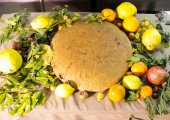
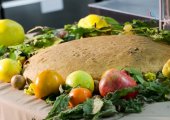
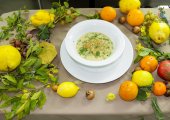
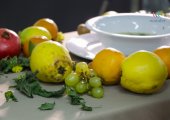
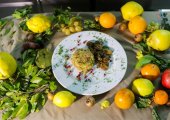
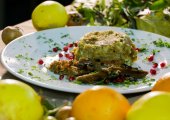
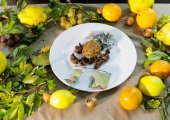
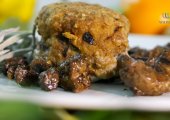
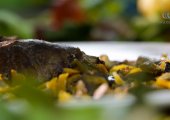
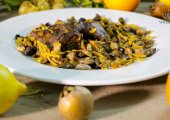
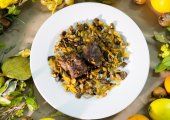
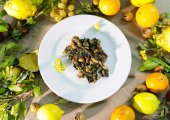
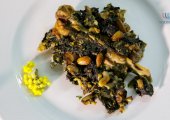
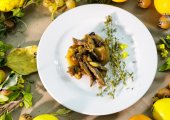
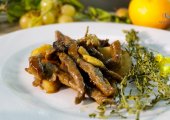
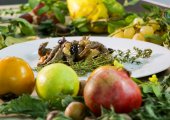
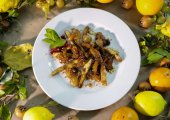
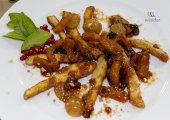




















Bread of Dasarets is among the many varieties of the Illyrian period. It was cooked in Autumn by this tribe who lived near the Ohrid lake, the current area of Korçë, Kolonjë, Mokër, Devoll continuing to Antpatrea (today Berat). Flour of wheat, oat and barley was molded with the seasonal flower aromas and was part of the art of living in beauty.
Soup of Dardans is an incomparable treat, like Kosovo itself. A unique dish, the soup is representative of the impact of the continental climate on the Illyrian culinary arts. Meat boiled in milk, with wild cabbage and dried fruits, was the meal that gave color to the whiteness of the cold months where the tribe lived in the area of today’s Kosovo.
Cheeses of Molosses are original variations of the hearty fare that fortified the Illyrian civilization across the Epirus region. The rich delicate mixtures were cooked with olive oil and the seasonal herbs and flowers that carpeted the rolling pastures.
Meatballs of Penests are the delicious surprises of ground meats mixed with cabbages, leeks, onions and garlic. The Penests lived along the Black Drini Valley in the area of today’s Struga, Tetovo, Gostivar, and Dibra.
Lamb of Chaons is believed to have invited attacks and invasions with its enticing aromas and extraordinarily strong flavors. Throughout the region of today’s Gjirokastra and Saranda, the lamb was cooked in a mix of olives, vegetables and dried fruits.
Chestnuts with Meat of Taulants evidences the introduction of highland delicacies into the Illyrian culinary rituals along the Adriatic hills and coastline.
Meat with Quince of Albans boasts the hues of dawn in the skillful artistry of one of the tribes whose diet included both Mediterranean and Continental influences.
Meat with Prunes of Ardians is a perfection of fruit extracts (plums, pomegranates, apples, apricots, grapes) cooked with poultry. The Ardians uniquely enhanced the Illyrian cuisine with their original combinations of products from the surrounding lake, sea, fields and mountains.
Châtaignes avec de la viande, de Taulant met en évidence l'introduction des hauts plateaux dans les délices culinaires rituels illyrienne le long des collines et la côte adriatique.